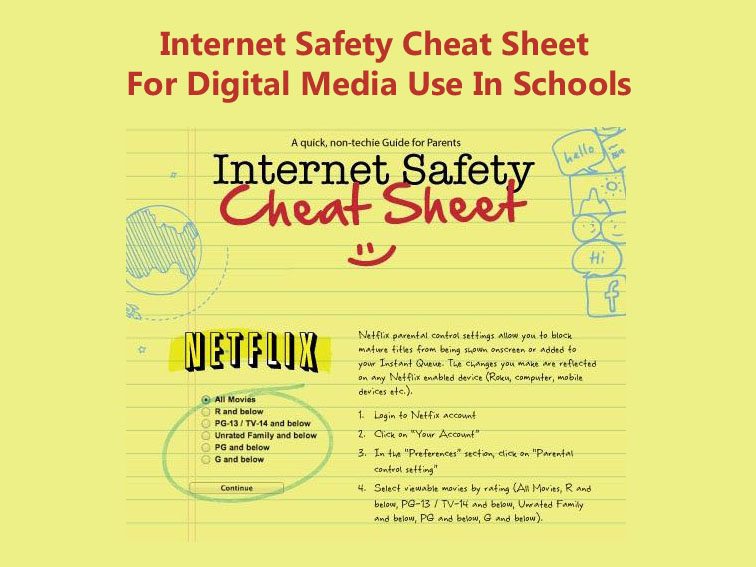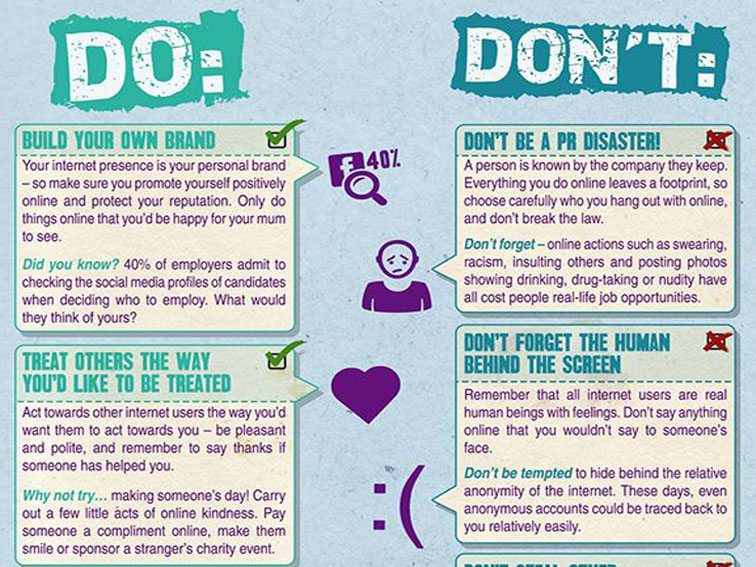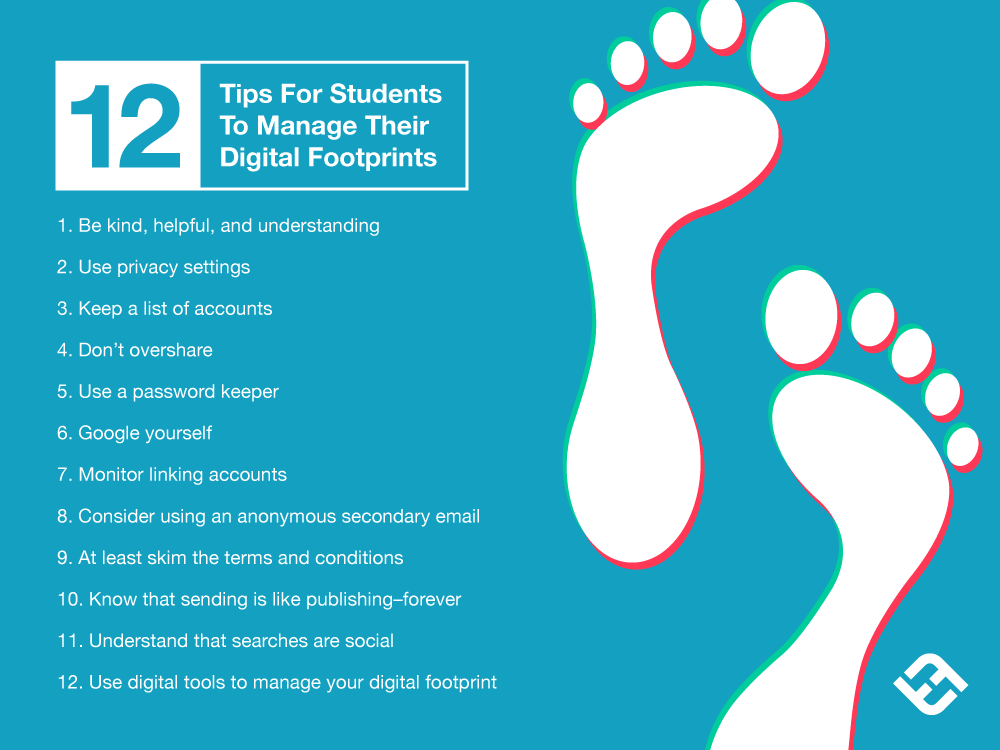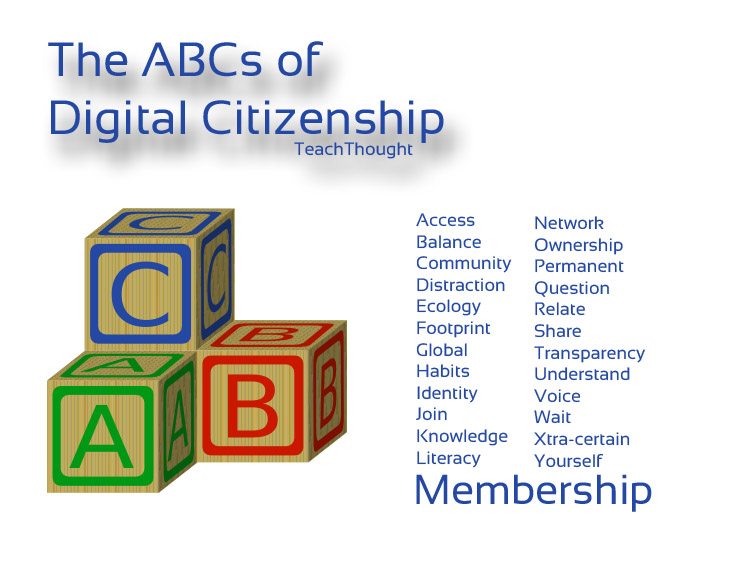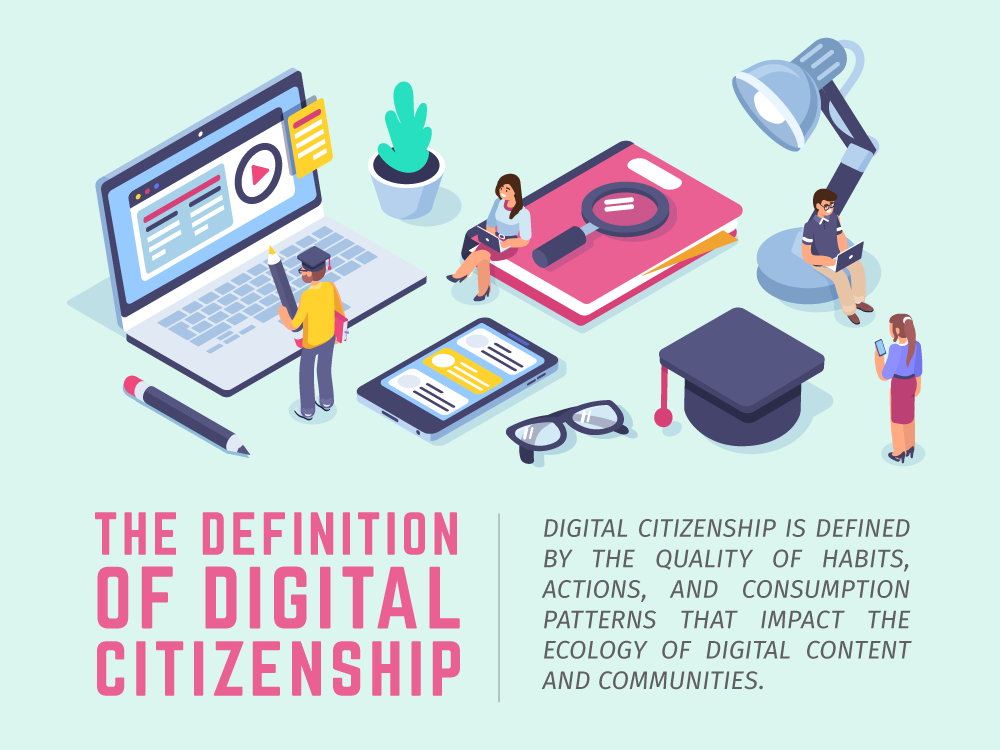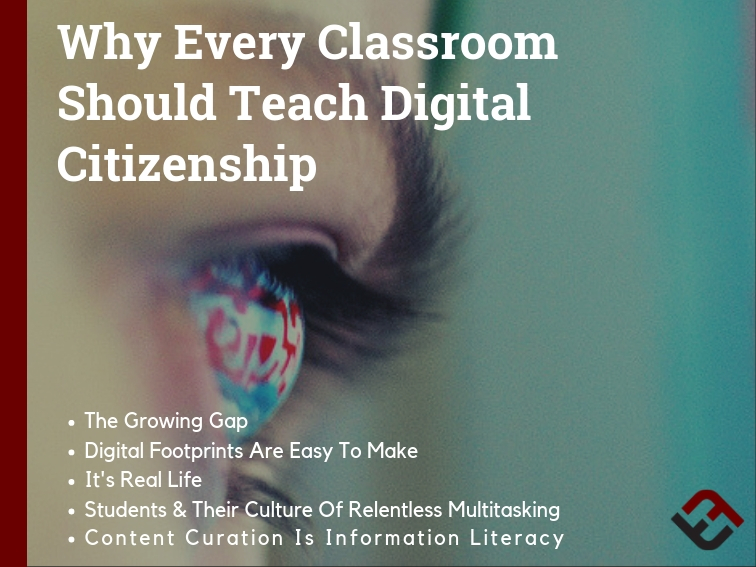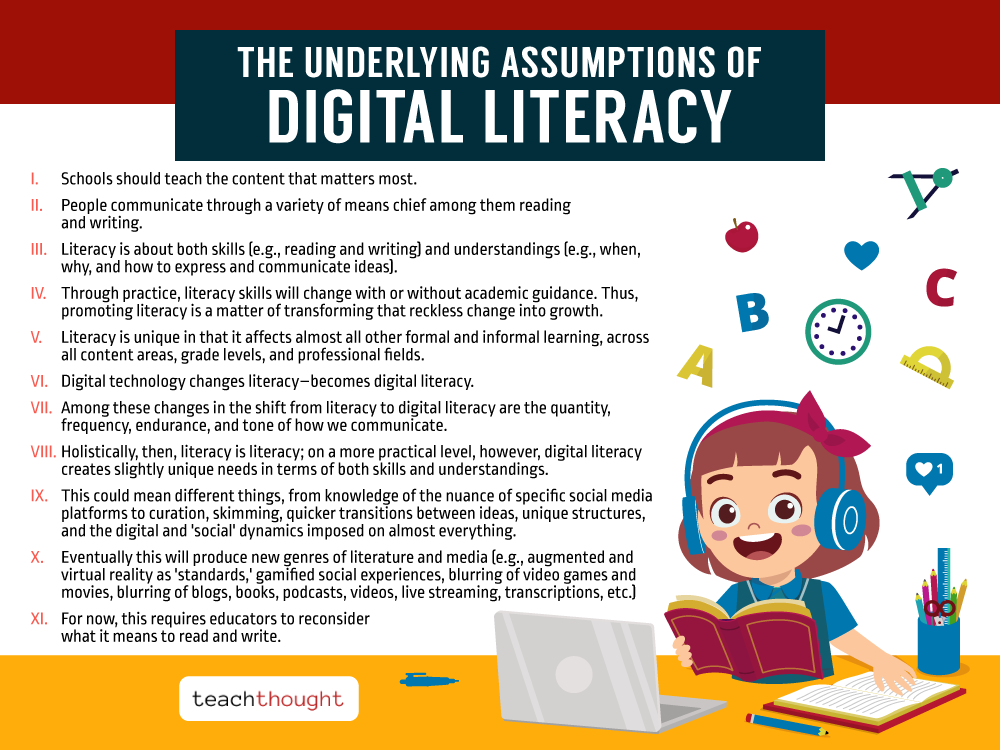Tag: Digital Citizenship
Digital Media Use In Schools: An Internet Safety Cheat…
Digital media use is exploding in education. Unfortunately, internet safety is something many teachers-and worse, students-take for granted.
20 Basic Rules For Digital Citizenship
The definition of digital citizenship has to do with the quality of behaviors that impact the quality of digital content and communities.
12 Tips For Students To Manage Their Digital Footprints
Helping students learn to manage their digital footprints starts with helping them understand how they’re vulnerable, then how to address it.
The ABCs Of Digital Citizenship
Here are the ABCs of digital citizenship, framed in an alpha blocks format. We’ve bolded those that focused on actions of the…
The Definition Of Digital Citizenship
Digital Citizenship is the quality of habits, actions, and consumption patterns that impact the ecology of digital content and communities.
Why Every Classroom Should Teach Digital Citizenship
When you teach digital citizenship to students, you can help to create a positive school culture that supports safe, responsible tech use.
11 Underlying Assumptions Of Digital Literacy
In understanding the shift from literacy to digital literacy, it may help to take a look at the underlying assumptions of digital…
The Definition Of Digital Literacy
“Digital literacy is the ability to interpret and design nuanced communication across fluid digital forms.”
